Hi All
Here are some general thoughts on
the development of the Chuval Gul, some of which may be trivial - and
certainly its all just speculative.
Jon Thompson describes this Gul
layout as “the archetypal Gul” (
http://www.spongobongo.com/tekke.htm )
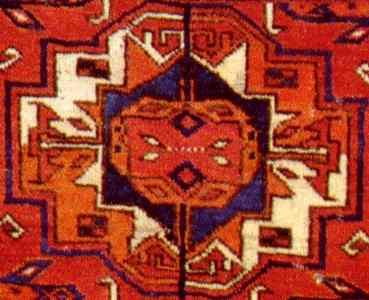
I suppose he by this states that this layout could be
a kind of prototype for later Turkmen Guls. Guls which may be
simplifications or developments from this complexed layout.
Of
course an extremely complicated design like this didn’t come from nowhere.
I think the layout can be understood as design construction derived from 3
different sources.
1. A very ancient Animal and Plant motif
2. A
very basic geometric overlaid 8 pointed construction.
3. The fact rug
weaving is not a neutral media. Over time interpretations of diagonal
lines and knot proportions (f.ex. 1,3 : 2) introduces flattening and
distortions in the drawings.
I Think the drawing from the Lippo
Memmi painting and the Marby Rug from give us 2 related very plausible old
rug samples of the Animal and Plant motif. Birds and trees are mirrored in
vertical and horizontal directions, and inscribed in a
octagon:
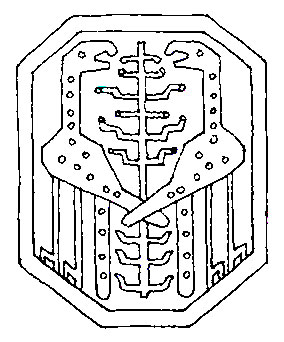 From Lippo Memmi 1430
From Lippo Memmi 1430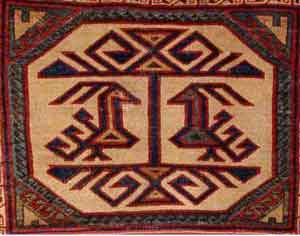 The Marby Rug 14-1500
(?)
The Marby Rug 14-1500
(?)There are of course a lot of missing links in this
possible development. But here is a schematic drawing of how I see this
motif translated into the Chuval Gul :
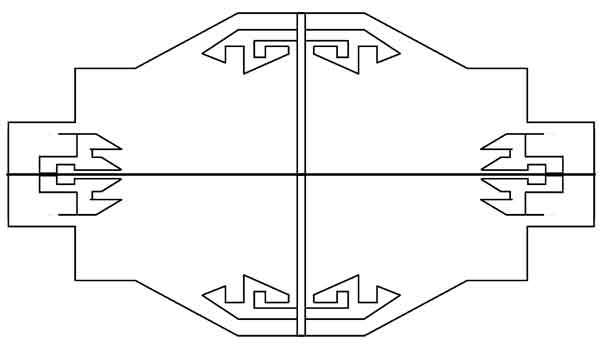
Personally I think that basically all the rest of the
complicated layout (including all the protruding angular shapes around the
Gul centre) can be understood as meetings and filling spaces between the
Animal & Plant motif and an overlaid 8 pointed geometrical
construction. A construction which could be said to consist of various
sizes of 3 figures: octagon, star and cross.
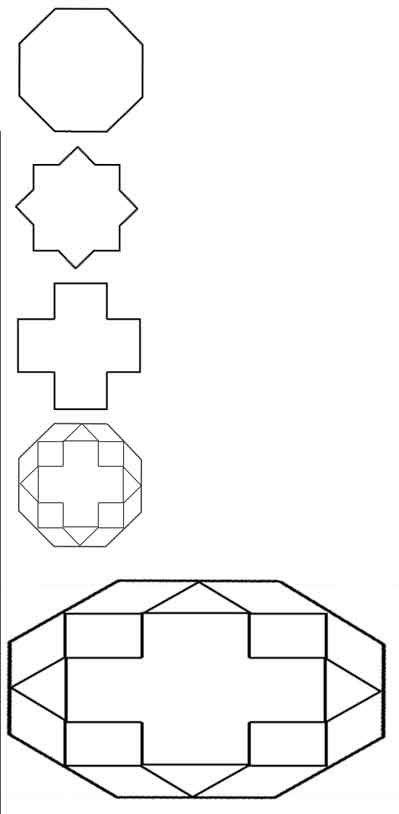 Schematic drawing of the geometrics of the
Chuval Gul.
Schematic drawing of the geometrics of the
Chuval Gul. This of course places the tribal birds in a
different position than where Jim Allen suggest them - but they are still
there

And (as a bonus) looking at the geometrics above I think
its very interesting that perhaps the layout of the secondary Chemsche Gul
actually is an inherent part of the internal structure of the main
Gul.
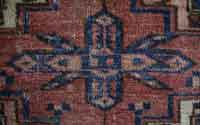 Chemshe
Gul
Chemshe
GulRegards
Martin